Interviews
Conditions of assembly centers
We were sent to an assembly center because the relocation camps, which we later called concentration camps, weren’t built. But, they use for assembly centers, they used—what d’you call it—racetracks and fairgrounds. And, I don’t know, there were about, I think they said about 16 of those places. And, well we were sent to Santa Anita, which is the largest—it had almost 20,000 there—and it’s a racetrack. And so, most of us were billeted in the horse stalls. And, I think at fairgrounds it was the same thing—they had horses, too, I guess. So, they stayed in, what d’you call, horse stalls, too. Lot of the Isseis started getting sick because of the horse manure, that, you know, you smell and you see there.
Date: June 16, 2003
Location: California, US
Interviewer: Karen Ishizuka, Akira Boch
Contributed by: Watase Media Arts Center, Japanese American National Museum.
Explore More Videos
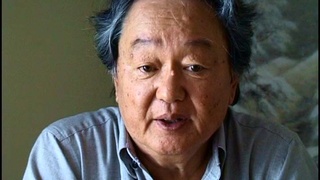
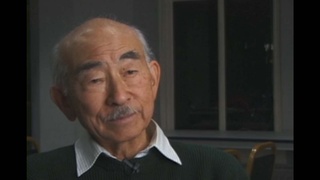
Reaction to a 1942 speech by Mike Masaoka, Japanese American Citizen League's National Secretary
(1915 - 2011) Nisei florist who resettled in New York City after WW II. Active in Japanese American civil rights movement


Role of the redress movement in helping Nisei to open up about their wartime experiences
(b. 1946) Lawyer
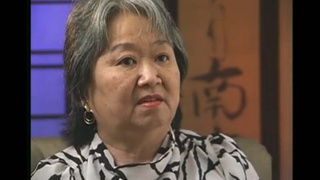
Search of family home by the FBI following the bombing of Pearl Harbor
(1937 - 2021) Teacher

Not recognizing father after reunion at Crystal City, Texas
(1937 - 2021) Teacher

A child's memories of activities at Crystal City, Texas
(1937 - 2021) Teacher
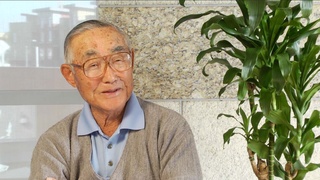
Hearing about Pearl Harbor
(b. 1921) Nisei veteran who served in the occupation of Japan

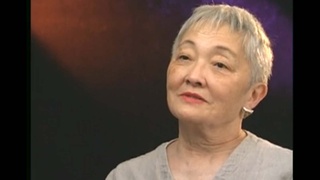

Traveling to Manzanar
(b. 1921) Nisei veteran who served in the occupation of Japan
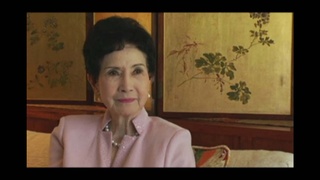
Victory Corps Work during World War II
(1925 - 2018) Nisei educator from Hawai‘i

Jobs in Manzanar
(b. 1921) Nisei veteran who served in the occupation of Japan

Sugar beet and potato farming in Idaho
(b. 1921) Nisei veteran who served in the occupation of Japan
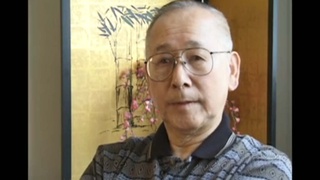
Recalling Pinedale and Tule Lake concentration camps
Judge, only Japanese American to serve on CWRIC.
